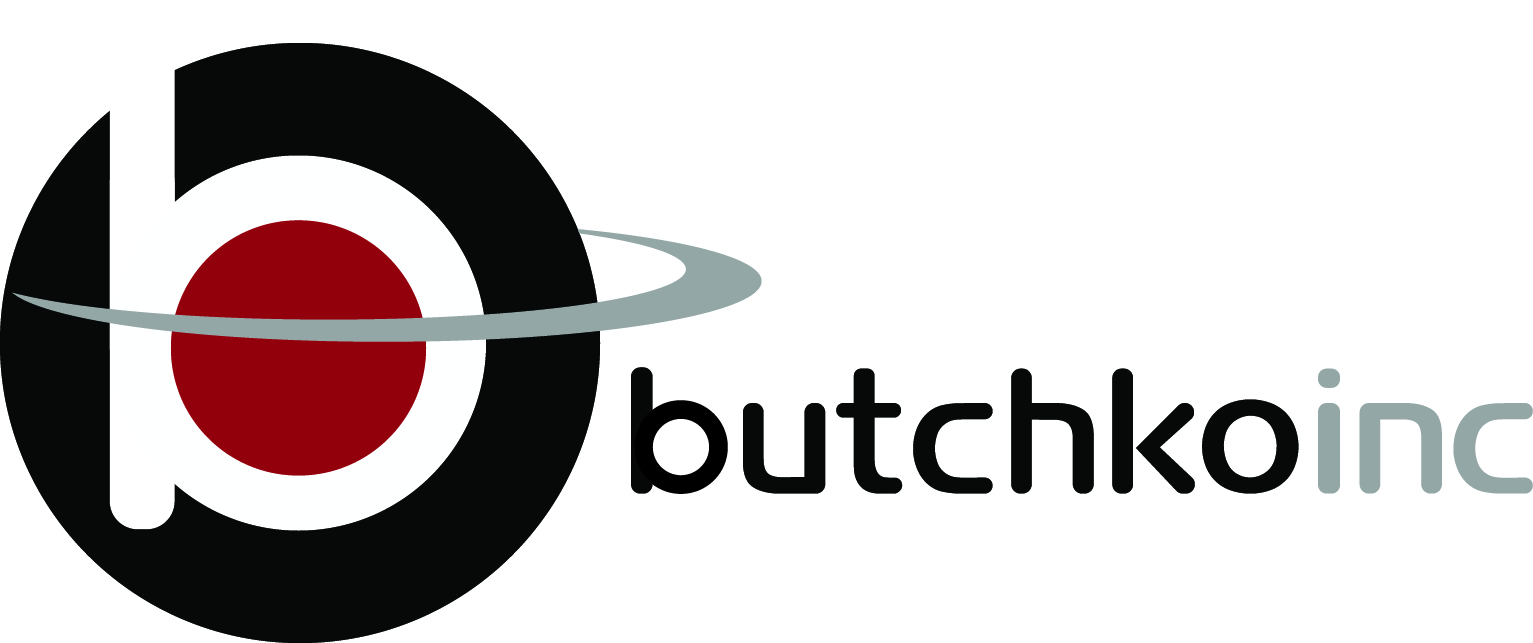Butchko: Reflecting on the Security Market in Our 10th Year
As most people know, we celebrated our 10 year anniversary on May 4. In my last blog I provided a glimpse of how Butchko Inc. was formed, paying particular attention to our values and competencies that made us successful.
In this blog, I look backwards and forwards in an attempt to provide you our perspective on how our industry navigated the last 10 years, where I think we are today, and where we are going.
In 2004, the security industry had the following attributes:
- Risk assessment methodologies exist, but no one methodology has become the industry standard.
- Integration is a hope, not a reality. Few technical systems are integrated.
- Security designs for buildings are performed by security consultants under the architect who managed most client communication.
- Few fully integrated access, video, intrusion, mass notification, intercom, and building management systems; many technology solutions are still proprietary.
- High-end security knowledge resident in government and military application areas, but level of maturity in commercial and industrial areas significantly lags.
- Few security certifications exist in commercial industry. Mainly CPP through ASIS, CFE through ACFE, and CISSP through ISC2.
- Video was primarily analog (0.3MP), DVRs were the leading technology.
- Biometrics and video analytics were the promise of the future.
Where are we Today?
- Technical solutions are involving greater use of IT networks and technology.
- Manufacturers touting standards and open architecture, but struggling with the definitions and extent of truly ‘open.’
- ONVIF and PSIA pressing for industry standards for video and system interconnection. Progress being made, but still behind the IT world.
- Product development focus for ease of installation. However, many designers who have excellent knowledge of technology lack the core strengths in defining the most effective placement of protective systems.
- Large enterprises continue to stress the need for security leaders who understand business, not just law enforcement or ‘classic’ security.
- The alphabet soup of security certifications available and the sources of such are overwhelming – ASIS (CPP, PSP, PCI), BCCI, SIA, IAPSC, ISC2, and the list goes on.
- Video: Deployments continue to be more video-centric, with IP cameras being the prevalent product installed with HD or higher resolution.
- Biometrics and video analytics are still the promise of the future.
- Data analysis (Big Data) and visualization within command centers are driving business outside of security, and the security industry is trying to figure out how and if to get onboard.
Looking to the Future
- Metrics and Dashboards: To measure and drive security program performance increasing in acceptance.
- Visualization and Communication: Sharing of data across the enterprise increases the effectiveness of security as a business enabler.
- TCO: Systems design and purchase decisions more strongly incorporating life-cycle costs and benefits over purchase costs only.
- Program and Project Management: The recognition by security executives that long term value can be identified and articulated through a persistent Program Management presence by an experienced program team such as Butchko and their partners, client project teams, and third-party suppliers.
- Executive Advisory (CEO, COO, CSO): To drive insights and guide the alignment of value. This helps the C-suite validate the value and effectiveness of detailed program development efforts which have formed the basis of Butchko, Inc. success.
It is our responsibility to drive change and innovation in our industry. More than ever before we take that as a sacred trust with our clients, partners and the industry as a whole.
